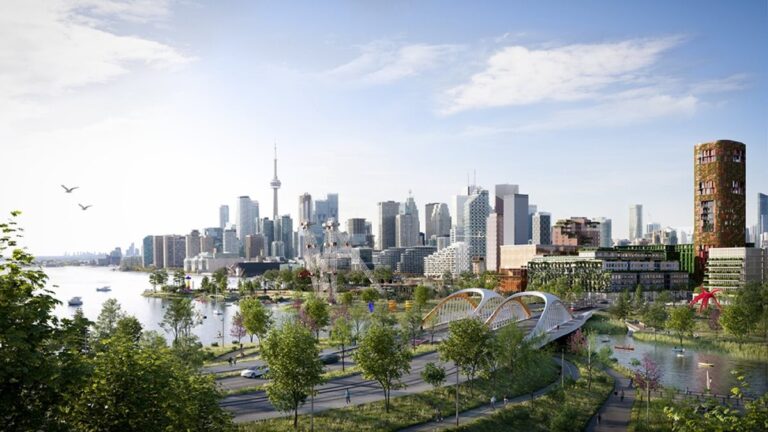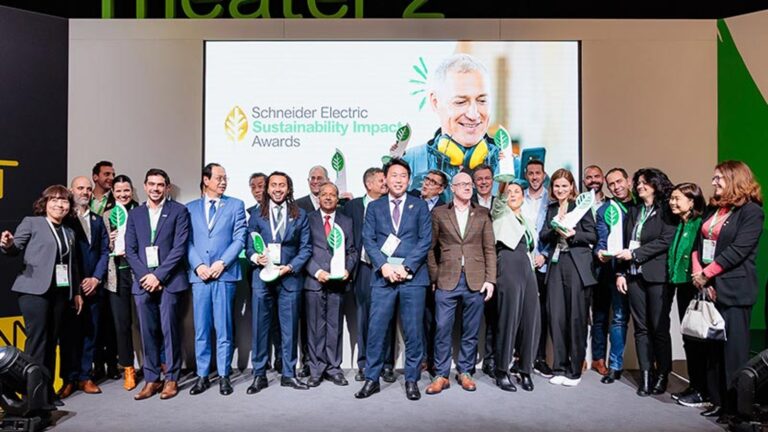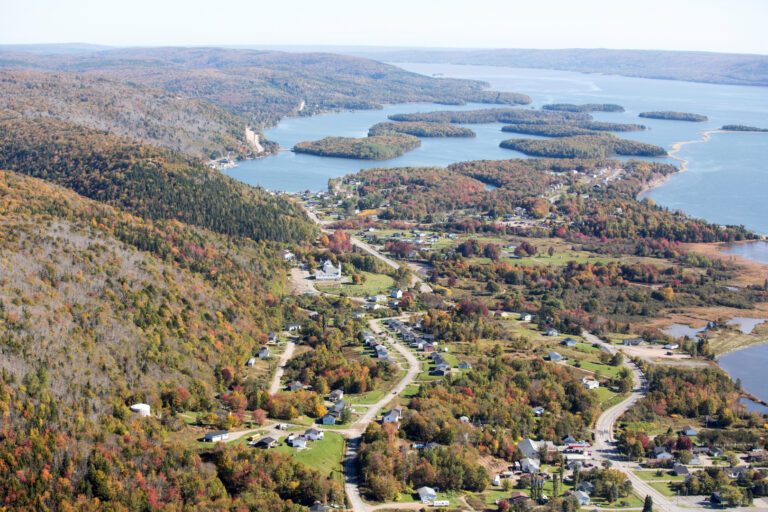Saturday, July 5, 2025
Westbridge Renewable Energy Corporation has announced the expansion of the Sunnynook Project, one of the company’s most advanced projects under development in Alberta. The project solar photovoltaic (PV) capacity is being increased from 236MWp to 330MWp with the expansion of the project site area.
The Sunnynook Solar PV capacity expansion and batter energy storage system (BESS) power plant is significant as it increases the power plant contribution to help Alberta achieve its decarbonisation objectives, enables the project to deliver carbon-free electricity from 44,000 to 62,000 households, and adds more potential sale value of the project.
The Sunnynook Project has advanced to Stage 3 of the Alberta Electric System Operator (AESO) interconnection process. Westbridge has received the Referral Letter from Alberta Environment and Parks (AEP), and is working to submit the application for construction and operation of the Solar PV and BESS plant to Alberta Utility Commission (AUC) within Q1 2023.
“The Sunnynook expansion adds significant potential value to this asset as we prepare our application for AUC approval. Westbridge is committed to originating and acquiring high-quality renewable projects that will meet the demand for utility-scale renewable energy in Alberta,” said Francesco Paolo Cardi, vice president of Development for Westbridge.
Westbridge Renewable capacity pipeline now totals 1,379 MWp Solar PV and 553 MW / 1,106 MW BESS.
Westbridge Renewable Energy Current Project Portfolio
| Project | Solar PV Capacity MWp1 | BESS Capacity2 | Location | Status |
| Georgetown | 278 MWp | 100 MW / 200 MWh | Alberta | Stage 3 AESO AUC Approval |
| Sunnynook | 330 MWp | 100 MW / 200 MWh | Alberta | Stage 3 AESO |
| Dolcy | 250 MWp | 100 MW / 200 MWh | Alberta | Stage 2 AESO |
| Accalia Point | 221 MWp | – | Texas | Development |
| Fiskerton | – | 53 MW/106 MWh | UK | Development |
| Eastervale | 300 MWp | 200 MW / 400 MWh | Alberta | Stage 2 AESO |
| Total Portfolio | 1,379 MWp
| 553 MW / 1,106 MWh | ||
| Notes: | ||||
| 1. | The capacity of the projects may change during the development (increasing or decreasing) due to grid connection and environmental constraints. | |||
| 2. | The BESS capacity has been updated for the entire portfolio to add the MWh capacity, considering 2h battery will be used. | |||
Featured image credit: Westbridge Renewable Energy.











